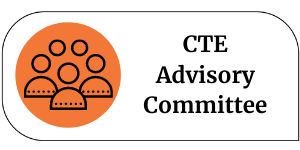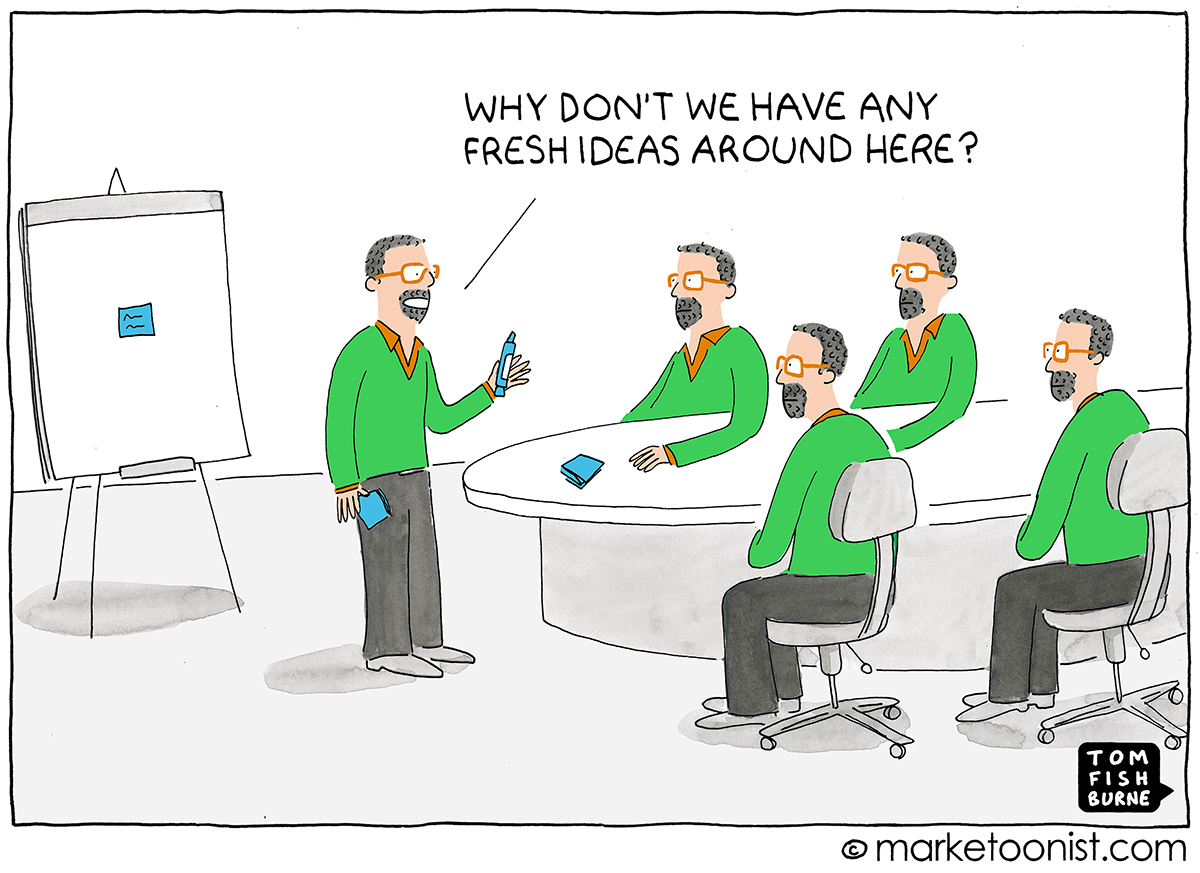
Every CTE teacher understands the importance of having an active advisory committee of local employers and community members. Developing relationships with these individuals and working regularly with them is critical to the success of CTE programs. Advisory committees can support programs with recommendations for off-site learning experiences, serve as judges for assessments, suggest state-of-the-art equipment, locate professional development opportunities for teachers to remain current, and also offer student work-based learning sites. To learn more about best practices working with Advisory Committees use the ACTE CTELearn course Leveraging Community Resources to Energize CTE.
However, it is the advice of advisory groups regarding curriculum planning that is essential. Employer expertise identifies the technical competencies and which ones are a priority to enable teachers to establish a curriculum. Any curriculum conversation also swings from technical skills to discussions of work habits, which employers call soft skills. Employers stress how important these behaviors are; teachers need to weave these into instruction on student projects and give feedback consistently. However, CTE instruction also needs to include the integration of academic knowledge and thinking. This is how to deepen student learning, not just to be able to perform a work task but to engage in problem-solving while doing the work. It may not seem obvious to CTE teachers and advisory committee members, but their input is valuable in helping CTE teachers integrate academic thinking.
The challenge to working with an advisory committee is asking the right questions to create productive conversations and yield information teachers can use in instruction. In many cases, CTE teachers may avoid conversations on academic integration, or if they do, the questions are too general or too detailed. Questions need to be specific and relatable to the employers’ experiences.
For example, asking, “Should CTE students have mathematics?” is a broad statement. Probably every committee member will respond yes, but that doesn’t give the teacher many directions on what to do instructionally. Do they need to give up technical time for students to take more math courses? Do they create math problems and tests? Definitely not! At the other extreme, giving employers a list of the dozens of required high school math standards is overwhelming and uncomfortable to employers. This is too much detail and too much education jargon and is very distant from the work employers are doing.
A better source of questions for this mathematics example is to use some of the Mathematical Practices from the Common Core Standards that define the broad concepts of Mathematics. For example, starting with the practice of “Attend to precision in measurement,” ask employers to explain situations where determining the correct precision is essential in their field. Consider starting with these broad mathematical concepts and ask employers to identify the importance in their work. Another set of conceptual statements is the Science and Engineering Practices. Consider how employers could provide instructional suggestions when you ask about work tasks that require What examples of the need to “Ask questions and define problems” or What ways workers “Analyze and Interpret data are. Questions like these will more likely lead to ideas to help CTE teachers apply mathematics and science in CTE instruction. These thinking processes will help make students more successful and are part of the process of connecting traditional academic content and CTE programs.
The following are several conceptual-level standards that can be excellent prompts for questions for CTE Advisory Committees when thinking about academic integration strategies. Start each phrase with, Share examples in your business where effective workers must……..?
- Ask questions and define problems
- Plan and carry out investigations
- Analyze and interpret data
- Attend to precision in measurement.
- Use mathematics and computational thinking
- Utilize critical thinking to make sense of problems
- Solve problems mathematically
- Reason abstractly and quantitatively.
- Construct explanations and design solutions
- Construct viable arguments and critique the reasoning of others.
- Observe and describe patterns
- Communicate clearly and effectively and with reason.
- Demonstrate creativity and innovation.
- Use technology and digital media strategically and capably.

